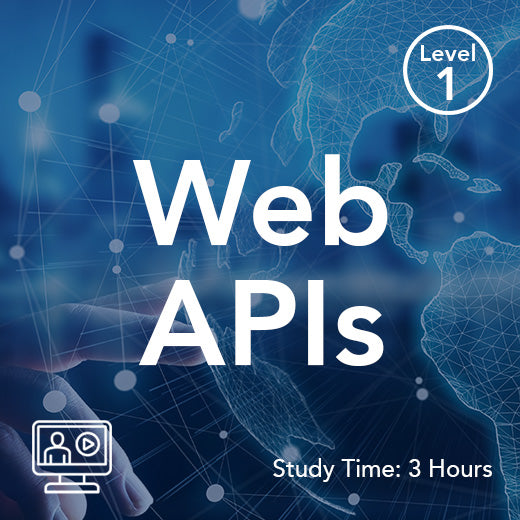What Does Multicast And Broadcast Services Mean
- , by Stephanie Burrell
- 4 min reading time
Multicast and broadcast services in the telecom industry refer to two distinct methods of transmitting data to multiple recipients simultaneously. Multicast services, a type of point-to-multipoint communication, involve sending data from one source to multiple destinations, allowing for efficient delivery of information to a select group of users who have opted to receive the content. This method is commonly used for applications such as video streaming, online gaming, and software updates.
Multicast transmission is a crucial method for efficiently distributing data to multiple receivers. On the other hand, broadcast services involve sending data from one source to all recipients within a specific geographical area or network. This method is typically used for services like television and radio broadcasting, where the content is intended for a wide audience and does not require individual user selection.
Both multicast and broadcast services play crucial roles in the telecom industry by enabling efficient and scalable distribution of content to large numbers of users. The implementation of IP multicast service within network architectures, specifically focusing on Multicast Broadcast Service (MBS) sessions, delivers multicast data to user equipment (UE) under certain quality of service (QoS) requirements. While multicast services are more targeted and selective in their delivery, broadcast services offer a broader reach and are ideal for disseminating information to a mass audience. By leveraging these two methods, telecom operators can cater to diverse user needs and deliver a seamless and engaging experience to their customers.
Introduction to Multicast
Multicast is a powerful communication service that allows data to be transmitted to multiple devices simultaneously using a single connection. This method is particularly advantageous for applications that require the same data to be sent to multiple recipients, such as video streaming, online gaming, and software updates. In a multicast network, data is sent from a single source to multiple destinations using a multicast address, which identifies the group of devices that should receive the data. This approach significantly reduces network congestion and enhances network efficiency, as it eliminates the need to send multiple copies of the same data to each device individually. By leveraging multicast, network resources are used more effectively, ensuring a smoother and more efficient data transfer process for multiple recipients.
Types of Communication Services
Communication services can be broadly categorized into unicast, multicast, and broadcast. Unicast is a one-to-one communication service where data is sent from a single source to a single destination. This method is straightforward but can be inefficient when the same data needs to be sent to multiple recipients. Multicast, on the other hand, is a one-to-many communication service where data is sent from a single source to multiple destinations. This method is more efficient for distributing the same content to multiple devices. Broadcast is a one-to-all communication service where data is sent from a single source to all devices on a network. Each of these communication services has its own set of advantages and disadvantages, and the choice of which to use depends on the specific requirements of the application, whether it be targeted delivery, broad dissemination, or individual communication.
Multicast vs Broadcast
While both multicast and broadcast are one-to-many communication services, they differ significantly in their data transmission methods. Broadcast sends data to all devices on a network, regardless of whether they are interested in receiving it. This can lead to unnecessary data transmission and increased network congestion. In contrast, multicast transmits data only to devices that have explicitly requested to receive it, using a multicast address. This targeted approach makes multicast a more efficient way of transmitting data, as it reduces network congestion and minimizes unnecessary data transmission. Additionally, multicast can be managed using the Internet Group Management Protocol (IGMP), which helps control group membership and the flow of multicast traffic, ensuring that only interested devices receive the data.
Benefits of Multicast
The benefits of multicast are numerous, including improved network efficiency, reduced network congestion, and increased scalability. By transmitting data to multiple devices simultaneously using a single connection, multicast reduces the amount of bandwidth required and minimizes network congestion. This makes it particularly useful for high-bandwidth, low-latency applications such as video streaming and online gaming. Furthermore, multicast enhances the reliability and availability of communication services by providing a fault-tolerant and redundant method of data transmission. Overall, multicast is a powerful technique that improves the efficiency, scalability, and reliability of communication services, supporting a wide range of applications and use cases.

































